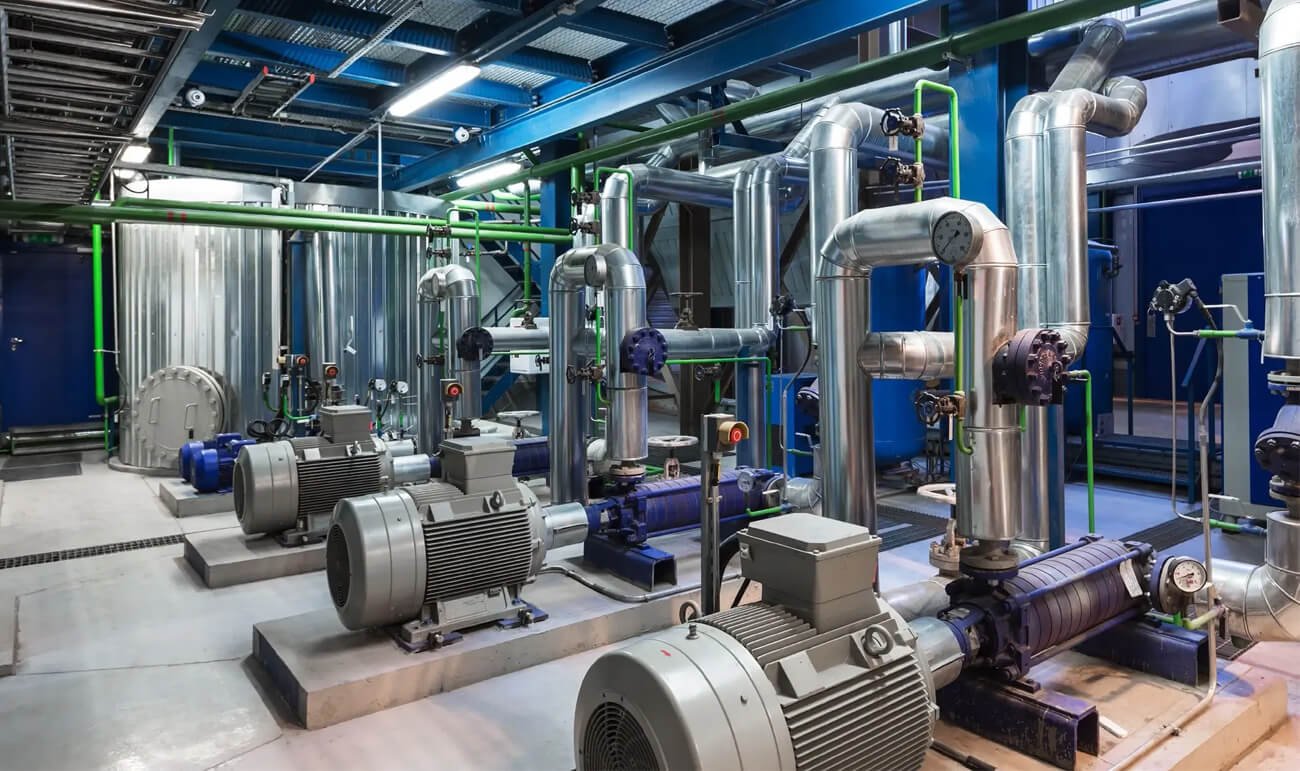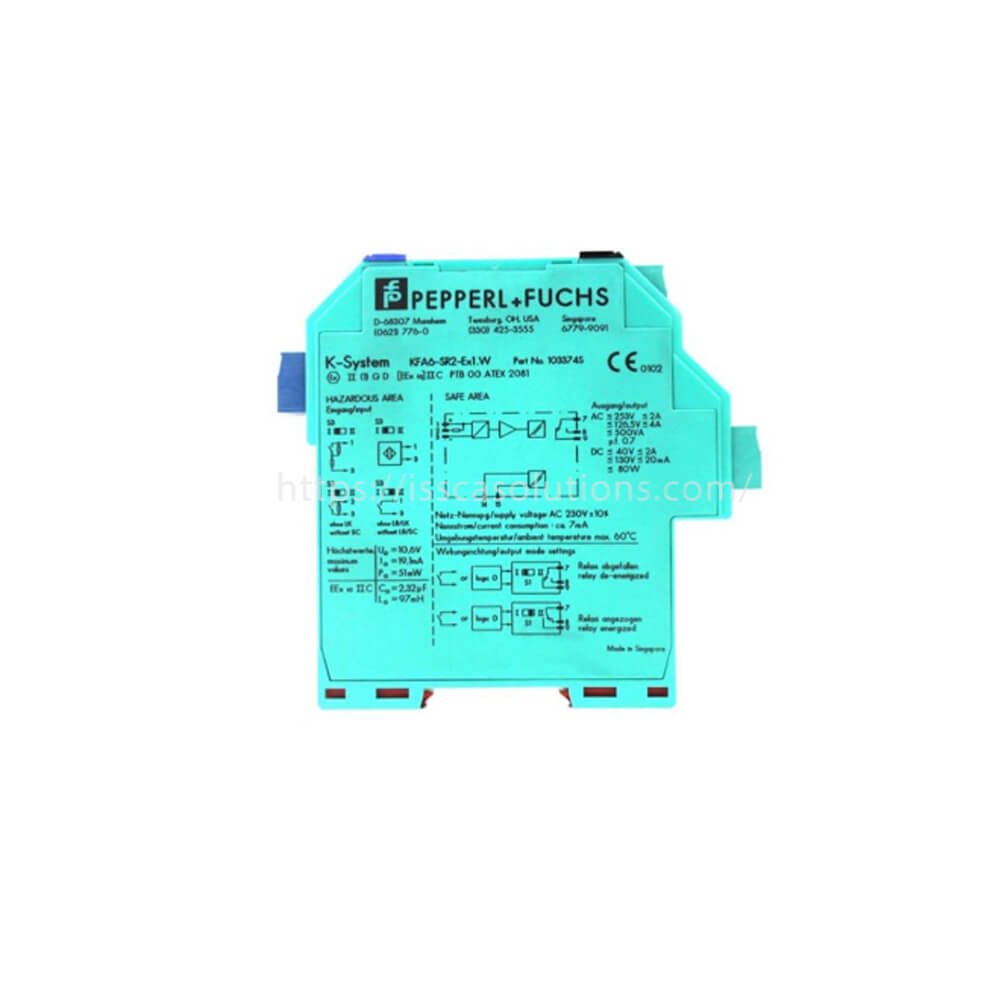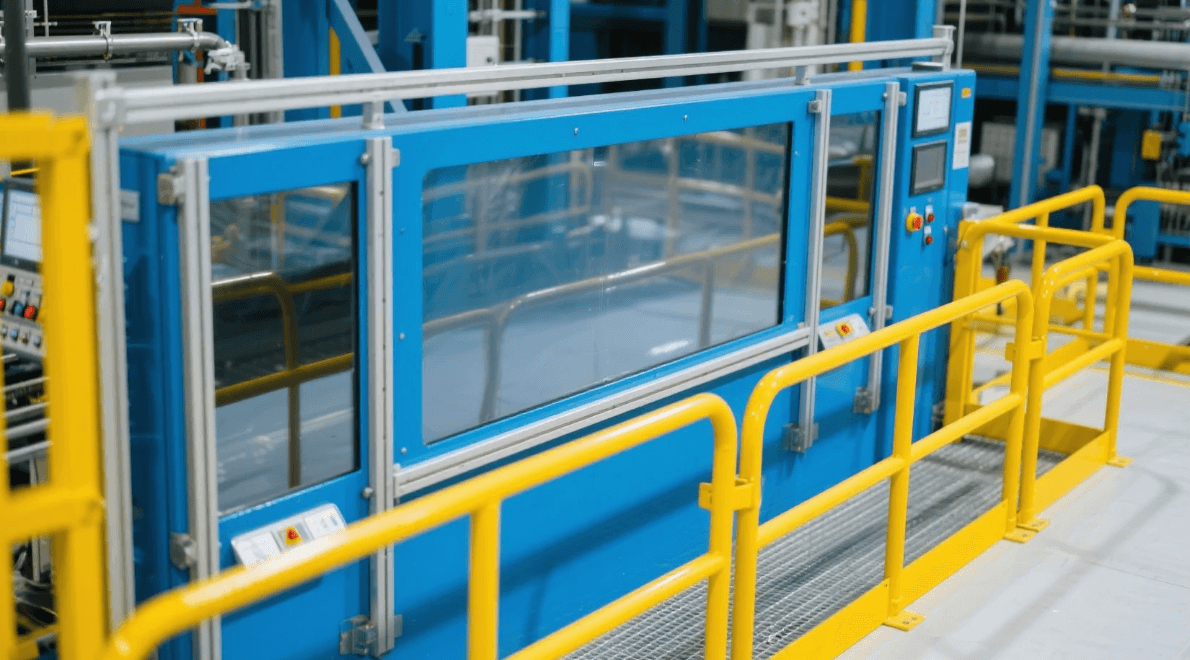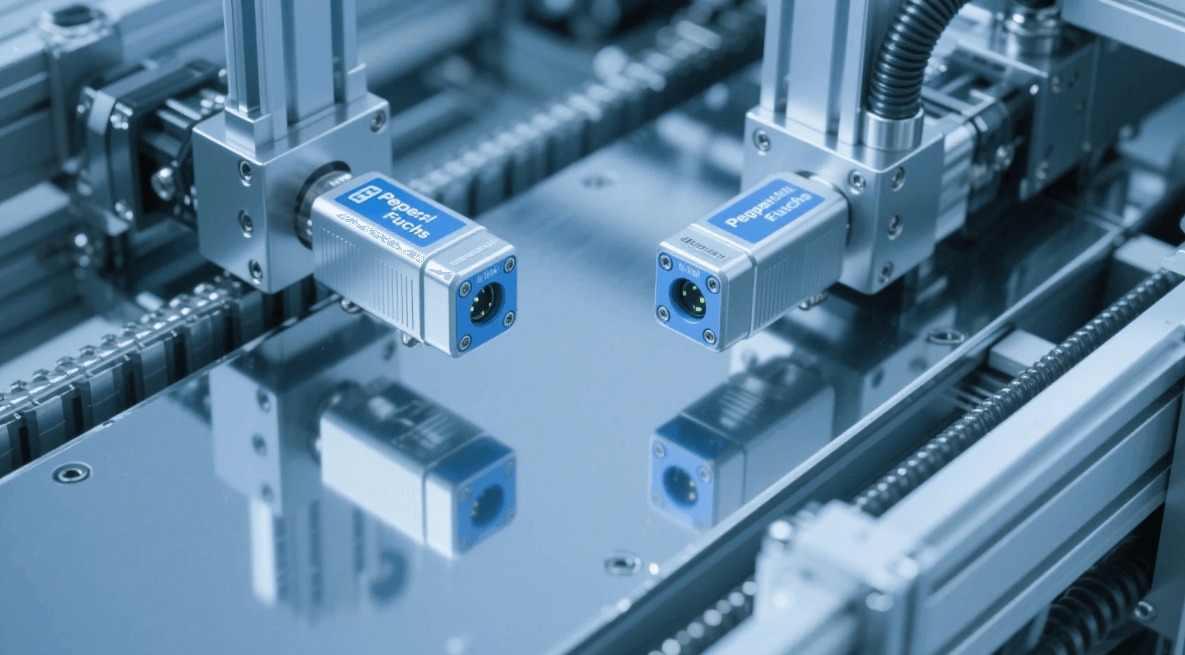Pepperl+Fuchs Näherungssensoren: Die smarte Kante der Elektrotechnik

Annäherungssensoren have quietly transformed the landscape of modern automation, and no brand exemplifies this evolution better than Pepperl+Fuchs. In the electrical industry—where precision, reliability, and automation efficiency are non-negotiable—Annäherungssensoren are not just a component but a cornerstone.
Why the Electrical Industry Needs Proximity Sensors Now More Than Ever
In today’s rapidly advancing industrial ecosystems, proximity detection is a game-changer. Annäherungssensoren enhance machinery reliability, reduce mechanical wear, and eliminate contact-based failures. For electrical engineers and system integrators, these benefits directly translate into improved uptime and safety.
Pepperl+Fuchs: A Legacy of Sensor Excellence

With decades of specialized innovation, Pepperl+Fuchs stands as a benchmark in sensor technology. Its commitment to industrial-grade durability, IP-rated housing, and intelligent interfacing ensures optimal sensor performance even in harsh electrical environments.
The Advantages of Using Proximity Sensors in Electrical Applications
1. Contactless Operation for Extended Equipment Life
By eliminating the need for mechanical contact, Annäherungssensoren reduce friction and wear—prolonging the operational life of components like switchgear and actuators.
2. Fail-Safe Switching and High Reliability
The electrical industry relies on uninterrupted operations. Pepperl+Fuchs sensors provide non-contact, fail-safe switching, even in high-vibration or EMI-prone environments.
3. Compact, Flexible Installation Options
Whether embedded in control cabinets or panel boards, their miniature profiles and versatile mounting designs make them a go-to solution in space-limited installations.
Modern Features That Power Tomorrow’s Electrical Systems
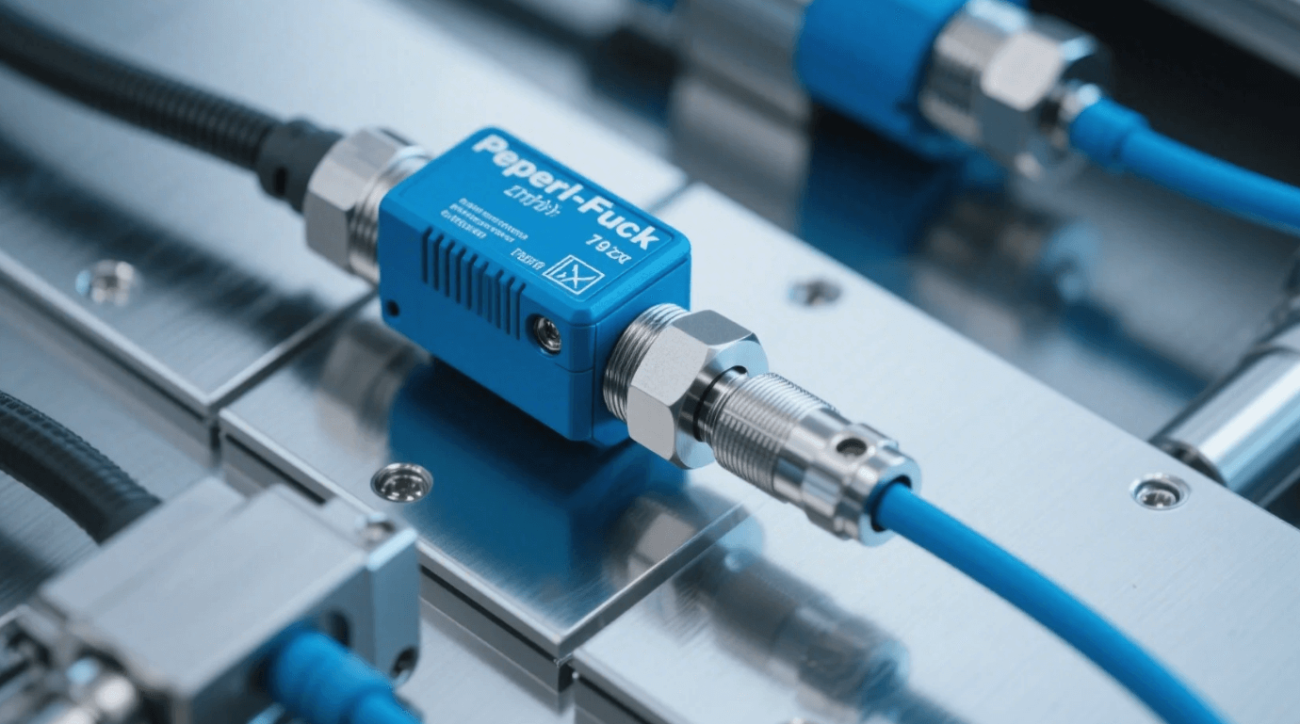
Advanced diagnostics, IO-Link support, and adaptive sensing algorithms are now embedded into many Annäherungssensoren. These features not only allow predictive maintenance but also provide engineers with deeper insights into device health and surrounding environmental conditions.
Real-World Use Cases in Electrical Engineering
From detecting circuit breaker positions to monitoring rotating equipment, Pepperl+Fuchs sensors offer practical, high-impact applications. In substations, for example, they detect the open/closed state of breakers without the need for moving parts.
Reliability in Harsh Environments
With resistance to electromagnetic interference, high temperatures, and voltage fluctuations, Annäherungssensoren by Pepperl+Fuchs are well-suited for control panels and outdoor electrical systems.
The Economic Edge: Reduced Downtime and Maintenance
For facilities managers, reliability equals cost savings. These sensors lower downtime costs significantly by alerting operators to potential failures before they occur.
Integration with Smart Grid Technologies
The move toward digital substations and intelligent grid systems calls for sensors that communicate effectively. Pepperl+Fuchs supports protocols like IO-Link, enabling seamless integration into modern electrical frameworks.
Compliance with Global Standards
The sensors adhere to IEC and UL standards, making them viable for international projects, from energy infrastructure to factory automation in the electrical sector.
Sustainability Through Efficiency

Contactless sensing reduces unnecessary energy use and component replacement, aligning with green goals. Annäherungssensoren are a low-impact, high-efficiency choice for sustainable electrical engineering.
Safety First: Sensor-Based Condition Monitoring
Pepperl+Fuchs solutions often include LED indicators, self-diagnostics, and fault memory—critical for safe, proactive maintenance in sensitive electrical installations.
Competitive Differentiation for Electrical OEMs
For equipment manufacturers, integrating Pepperl+Fuchs Annäherungssensoren elevates product value and reliability, adding a tangible competitive edge.
Training and Support Ecosystem
Beyond hardware, Pepperl+Fuchs offers global support, documentation, and digital training modules—ensuring engineering teams stay informed and competent.
Future Outlook: What Lies Ahead
With AI-powered systems and IoT-based controls on the rise, Annäherungssensoren will continue to evolve, enabling even more intelligent, responsive electrical systems.
Conclusion: The Clear Choice for Electrical Professionals
In the realm of electrical engineering, precision and dependability are non-negotiable. Pepperl+Fuchs has proven time and again that its Annäherungssensoren are up to the task—today and in the decades to come.
Häufig gestellte Fragen
1. What makes Pepperl+Fuchs proximity sensors unique in the electrical sector?
Their rugged design, contactless reliability, and advanced communication protocols set them apart.
2. Can these sensors be used in outdoor electrical systems?
Yes, they are designed for resistance to weather and electromagnetic interference.
3. Are Pepperl+Fuchs proximity sensors easy to install?
Absolutely. Their compact design and versatile mounting make them suitable for tight spaces.
4. Do they support predictive maintenance?
Yes, through features like IO-Link and internal diagnostics.
5. Are they globally certified?
Yes, they comply with IEC, UL, and other international standards.


